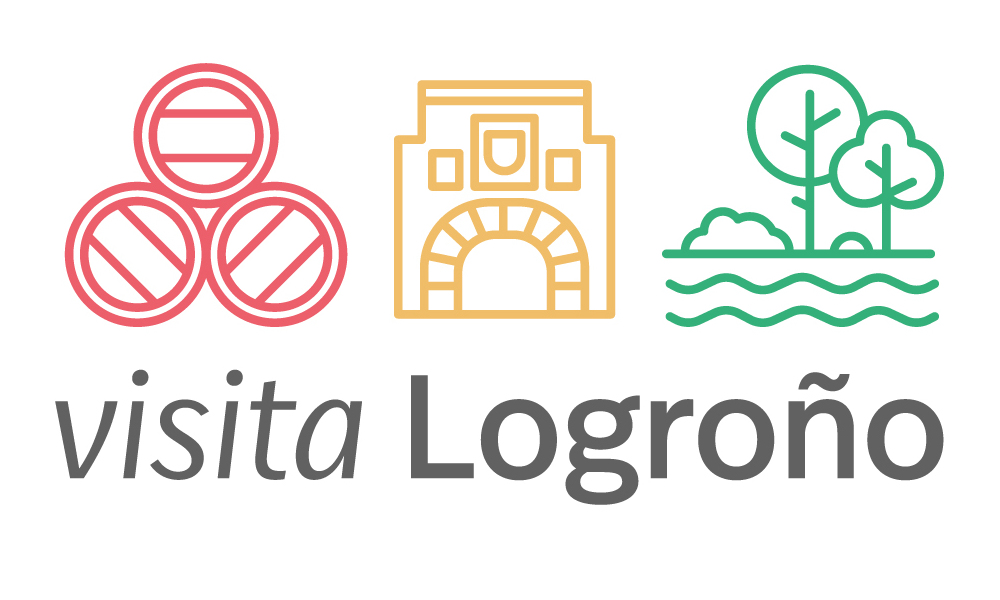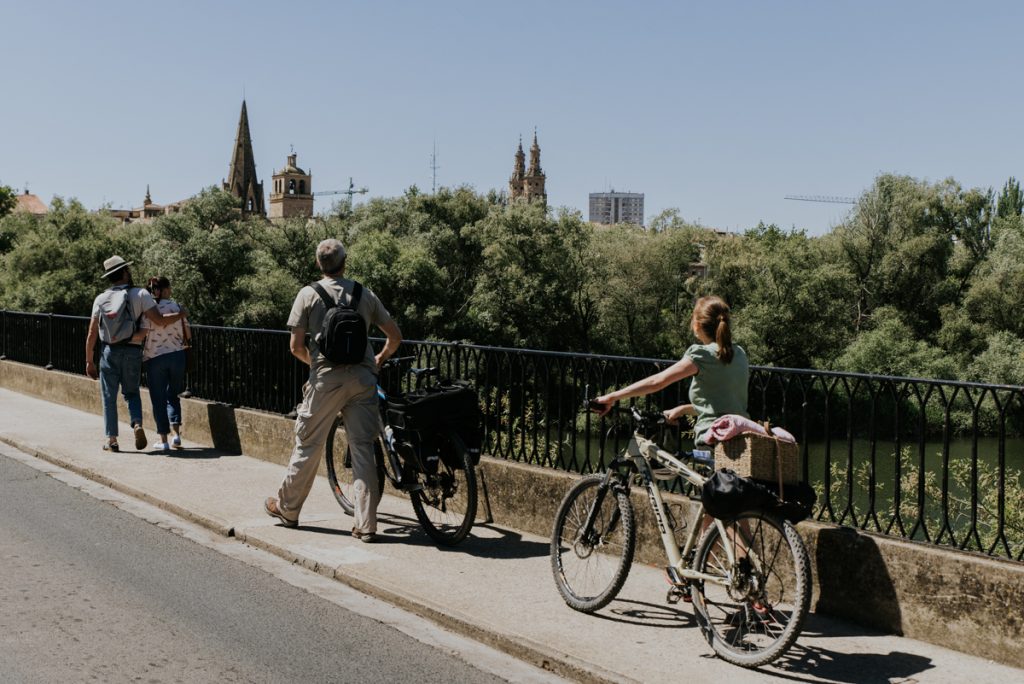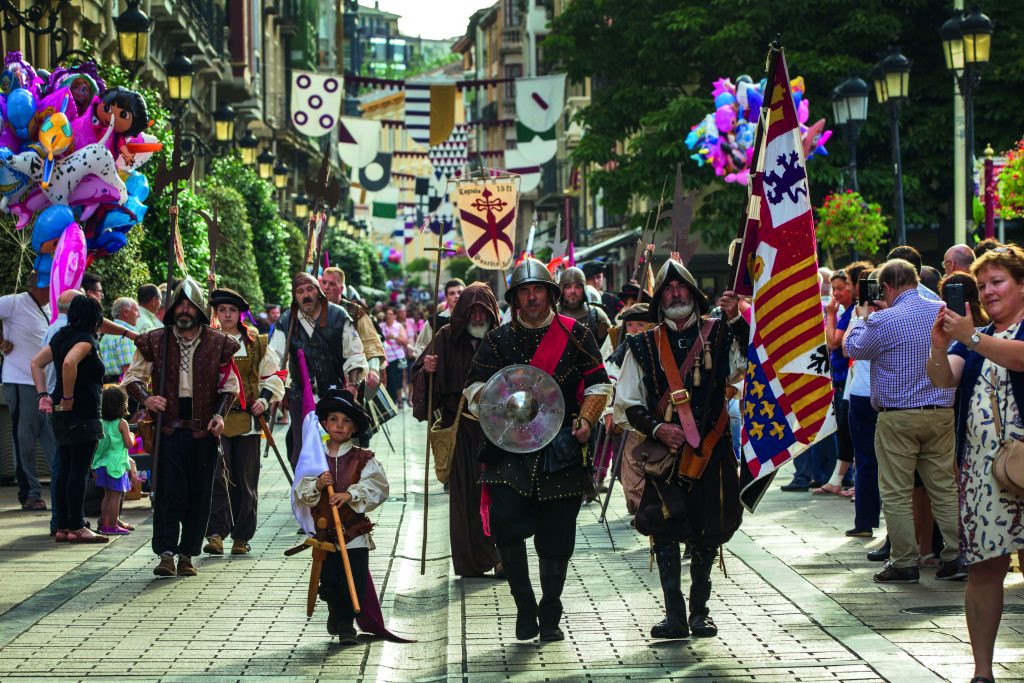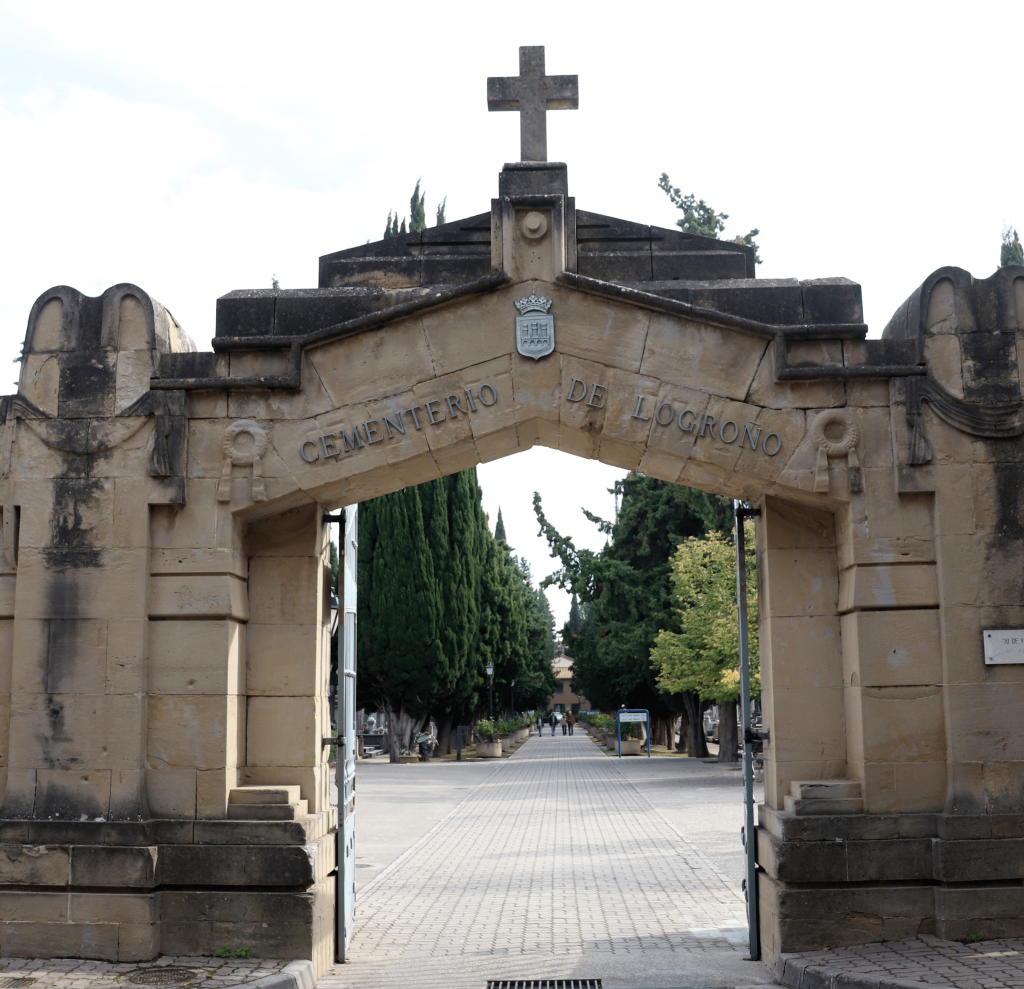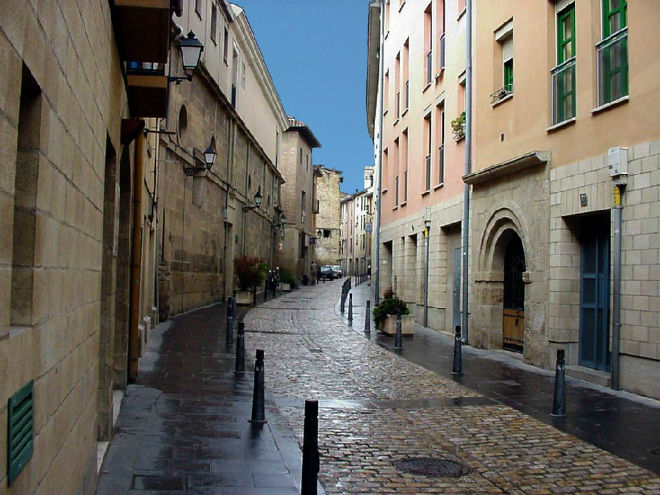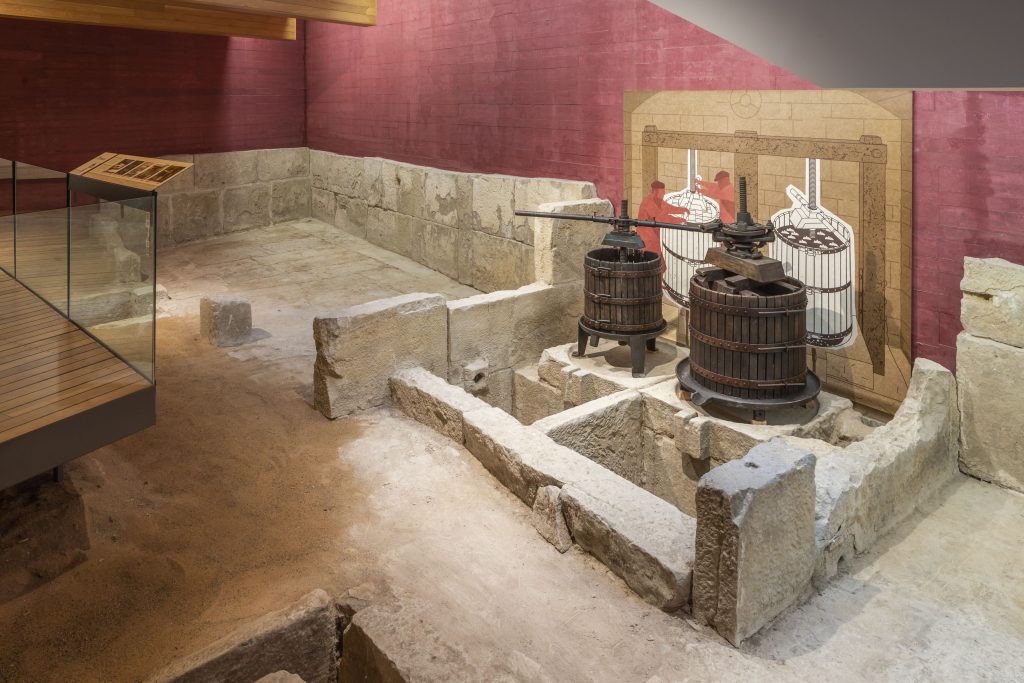Logroño has been a place of transit for centuries. Its privileged location in the Ebro valley made it an obligatory stop on the most important communication routes as early as the Middle Ages, and today it still enjoys excellent communication links with the main Spanish cities, by plane, train, bus, or private transport.
Geographical location
Geographical coordinates: Latitude: 42º 27′ 56.6″ N Longitude: 2º 26′ 20.4″ W
The city of Logroño is located in the north of the Rioja Media, and is the capital of the La Rioja region. It borders the Basque Country to the north, Navarre to the east, Castilla y León to the west, and Aragón to the south east.
The town centre is located on a fairly flat area, which makes it easily accessible by road and train. In fact, it is only a few hours away from cities such as Madrid, Barcelona, Bilbao, and Zaragoza.
Distance from provincial capitals
- Pamplona 86 Km
- Soria 101 Km
- Burgos 113 Km
- San Sebastian 165 Km
- Bilbao 136 Km
- Zaragoza 170 Km
- Madrid 334 Km
- Barcelona 476 Km
If you’ve decided to visit us, here’s how to get here:
By plane
Logroño-Agoncillo Airport is located just 10 km from Logroño, and offers daily flights to Madrid operated by Air Nostrum (Iberia), and from there it is also possible to connect with international flights. There are also other airports nearby, in Bilbao (152 kilometres away), Vitoria (86 kilometres away) and Pamplona (92 kilometres away).
By train
Logroño railway station currently offers daily regional and long-distance train services with direct lines to the main cities in the northern half of Spain, including Barcelona, Madrid, Bilbao, La Coruña, Salamanca, Burgos, and Valencia.
In December 2011, the commitment to efficient and sustainable transport led to the inauguration of the current station, located at 83 Avenida Colón, which has a fully accessible avant-garde design.
The project is ongoing, with a planned extension to house the Logroño bus station, which will allow the two means of transport to converge in a single space in a future Logroño Intermodal Station. The station can easily be reached by public transport on the city bus line 3, and there is also a taxi service available.
By bus
Logroño bus station is just a 10-minute walk from the city centre, at Avenida de España 1. The bus station can also be easily reached taking bus lines 3, 9 or 11. From there, different companies, including Alsa and Vibasa, operate national and regional services.
By car
Logroño has historically been a crossroads, in the past for pilgrim and trade routes, and in the present day for major roads. Travelling by car, the city quickly via different routes. The AP-68 motorway connects with Bilbao to the north and with Zaragoza and Barcelona to the south.
The A12 motorway, the Autovía del Camino de Santiago, runs from Pamplona as far as Burgos and also provides access to the city. And finally, there is the Logroño southern ring road, the LO-20.
There are several underground car parks, together with park-and-ride facilities strategically located at the entrance to the city. These connect seamlessly to public transport networks, and aim to reduce congestion in the most central areas, thus contributing to traffic calming and providing a more pleasant environment for pedestrians.
Location of park and ride facilities:
- Palacio de los Deportes (Nearest bus, line 9)
- Pintor Rosales (Nearest bus, line 4)
- Antiguo Ferial (Nearest buses, lines 9 and 4)
- The University (Nearest bus, lines 2, 7 and 10)
- Las Norias (Nearest bus, line 3 and 9)
- Hospital San Pedro (Nearest buses, lines 1, 3, 10 and 11)
- C. Berceo (Nearest bus, line 1)
(Source: Logroño City Council)
How to get around Logroño itself
Having arrived at the destination, it is time to explore Logroño. In recent years, the city has opted for sustainable mobility, prioritising pedestrians and encouraging the use of buses for medium and long-distance journeys. Hybrid vehicles have also been added to the fleet.
There are two types of lines, metropolitan lines, served by green buses, and urban lines, served by maroon buses.
That said, the size of the city makes it perfect for exploring on foot, and all the main attractions can be visited on a comfortable stroll. For longer distances, Logroño has a network of 10 city bus lines and a series of cycle routes, as well as a public bicycle sharing system, called Bicilog.
